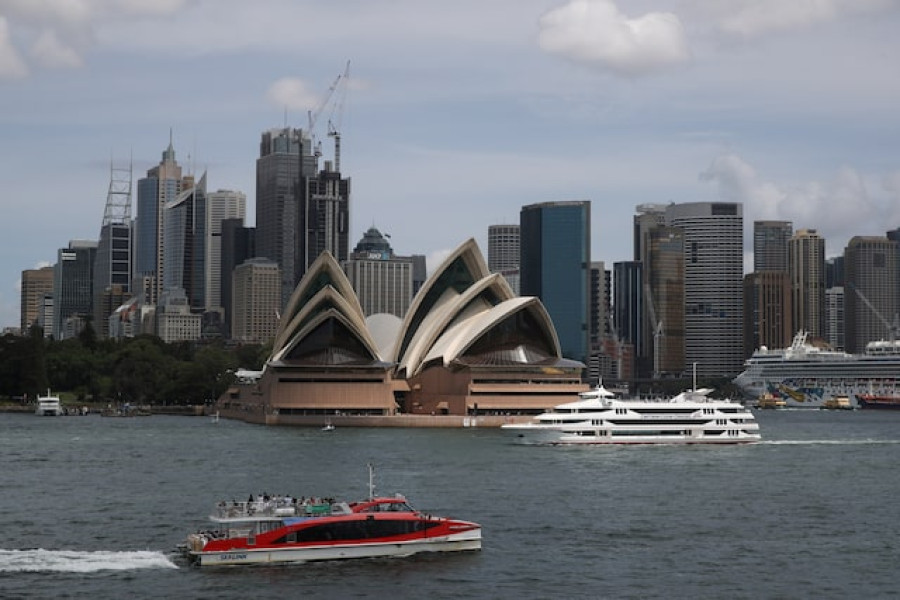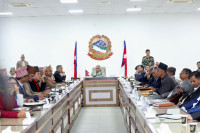National
Nepalis being increasingly denied Australia study visas
Visa approval rate for spouses of students coming to Australia for higher education has not seen such a decline.
Narayan Khadka
The Australian government's recent tightening of its educational policies has significantly impacted Nepali students aspiring to study there.
The latest statistics of the Department of Education, Skills and Employment reveal that the visa rejection rate for Nepali students has increased sharply compared to the previous year.
The government introduced various new regulations after the coronavirus pandemic outbreak ‘to streamline and make the process more practical for international students pursuing higher education’ there.
These measures included the plan to reduce the student inflow, increase visa application fees, curtail available benefits, and make other changes announced by the government earlier. Nepali students, who form the third-largest group of international students in Australia, have been directly affected by these measures.
The data from the department showed that 57,000 Nepali students are currently studying in Australia. However, this number has been gradually declining on an annual basis. Recent statistics show that last year, approximately 23,000 students from Nepal were granted student visas, which dropped to 11,000 this year.
While about 17,000 students were granted visas for higher education last year, this figure decreased to 8,000 this year. The number of students applying for vocational education and training (VET) courses has also seen a significant decline, with only 26 students receiving visas this year compared to 1,056 last year. The Australian government has encouraged foreign students to pursue higher education over vocational training to meet the needs of the local workforce.
Interestingly, the visa approval rate for spouses of students coming to Australia for higher education has not seen such a decline. When 4,500 spouses were granted visas last year, the number is 3,230 this year.
The increase in the visa rejection rate has led to a noticeable drop in the number of Nepali students applying to study in Australia. Last year, around 25,000 students applied for higher education visas, but this number has fallen to 15,000 this year. Similarly, the number of Nepali students applying for vocational education visas has shrunk from 4,000 last year to just 254 this year.
Rupak Bartaula, who has been working in migration and student consultancy for the past decade, noted that stricter immigration rules in Australia have had a direct impact on the number of Nepali students. He said that the increasing visa rejection rate has made many Nepali students opt for other countries as alternatives, while education consultants and migration agents are also advising against prioritising Australia.
Bartaula, who is sceptical of the government's claim that these new regulations are suitable for the local environment and circumstances, said that they have significantly affected international students, including those from Nepal, aspiring to study in Australia.
Entrepreneurs working in the abroad study sector also hold the increment in visa application fees as a contributing factor to the decline in application rates.
“The investment required for a student visa application in Australia, which can range from Rs200,000 to Rs300,000, is another factor contributing to the decline in application rates,” Bartaula said. “The current visa application fee for studying in Australia has been set at AUD 1,600 (approximately Rs145,000), which was increased from AUD 710 just a few weeks ago. When the visa is rejected, the money gets wasted.”
In addition to the rising costs, Nepali students are facing challenges related to housing and employment, further complicating their stay in Australia, where they must pay between Rs1.4 million and Rs1.8 million per semester (which spans six months) for higher education.




 11.12°C Kathmandu
11.12°C Kathmandu





.jpg&w=200&height=120)









